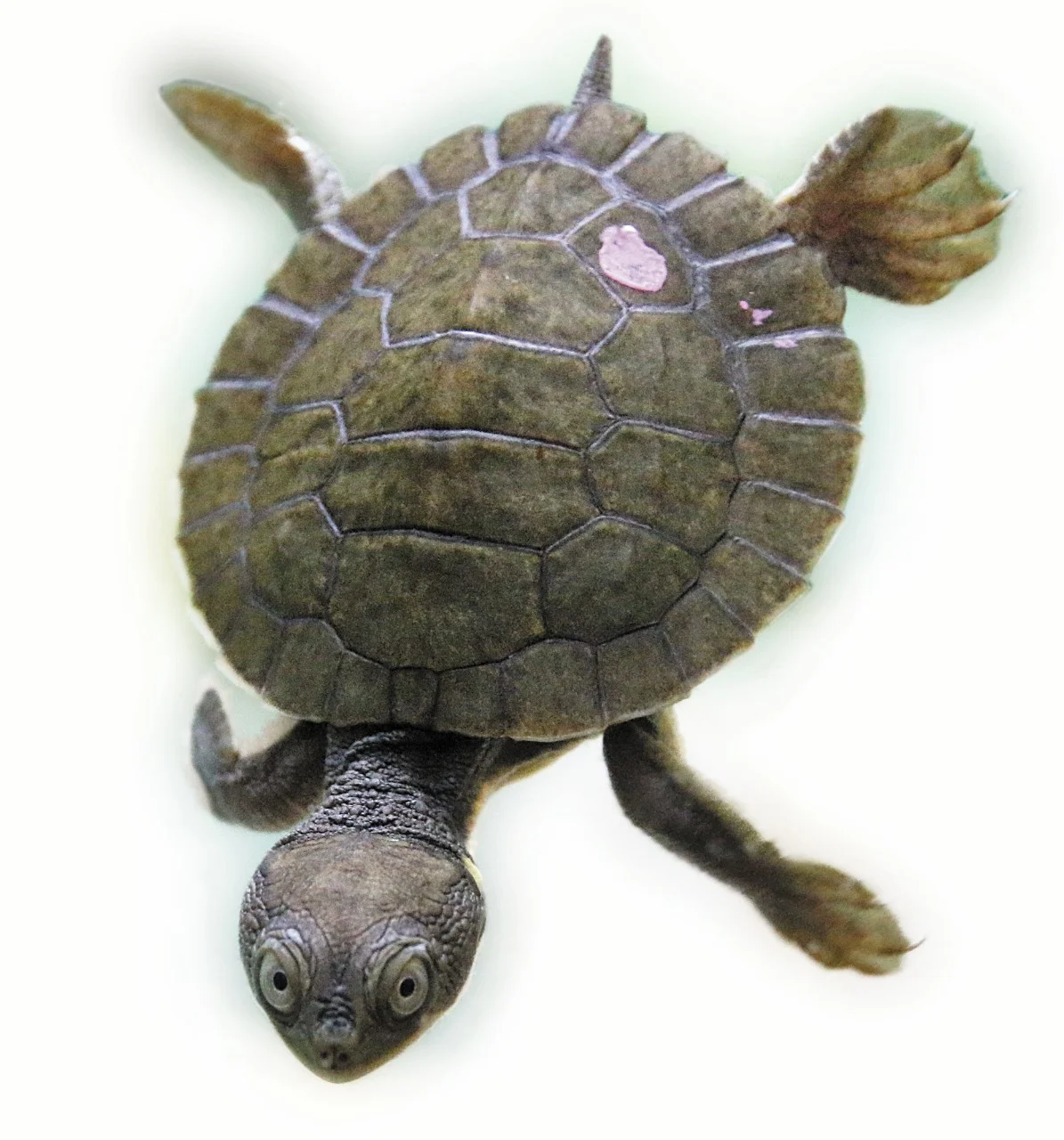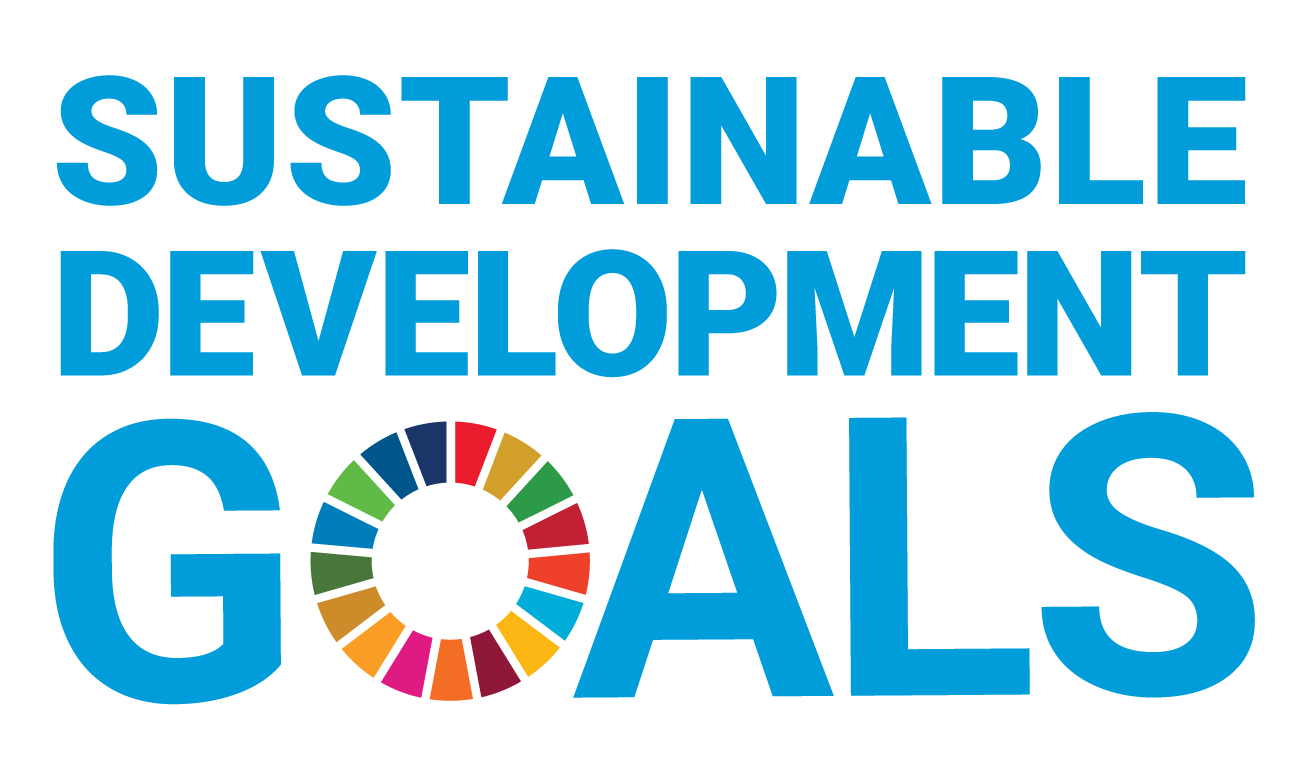Leading Collective Action on Climate Change
You can search for courses, events, people, and anything else.
It’s a scorching Sydney summer day, the mercury nudging 44 degrees Celsius. Inside its artificially cooled greenhouse home, a fist-sized juvenile turtle looks perfectly comfortable, unaware of the conservation conundrum roiling above its scaly head.
This turtle is a hybrid; a blend of two species, each with a sad tale of population decline. But in an unfortunate case of conflict, the survival of each threatened species places the other further under threat.
Research by Western Sydney University ecologist Associate Professor Ricky Spencer and colleagues, is helping save both endangered species of turtle. The intertwined fates of these two Australian species has the potential to instruct conservation approaches dealing with co-existing and competing threatened species not only nationally but internationally.
One parent of the hybrid is a Bellinger River snapping turtle, Myuchelys georgesi. Almost every adult of its kind has been wiped out from its only known habitat in the Bellinger River in northern NSW, thanks to a mysterious illness.
The other parent is a Murray River short-necked turtle, Emydura macquarii, a species thriving in the Bellinger River, unaffected by the plague. As its name suggests, its original habitat is South Australia’s Murray River. No-one knows how it got into the Bellinger, but it was first documented in 1998. Back home, however, the short-necked turtle is under threat, a victim of predation and habitat loss.
'Our' turtle
Locals had once believed that the less common short-necked turtle was ‘theirs’, unique to the Bellinger River. But when Spencer and colleagues began looking at the genetics of all the river’s turtles, they discovered it was the same species of short-necked turtle found in the larger Murray River and rivers inland of the Great Dividing Range. At that time, the short-necked turtle wasn’t endangered.
Instead, the Bellinger’s more common turtle, the snapping turtle, was found to be unique to the area. The locals readily redirected their loyalty to the snapping turtle and for a while, all was well.
Then in 2015, someone in the local community contacted Spencer saying that large numbers of snapping turtles were dying on the river’s banks. Photos sent to him showed a devastating scene. The dead turtles were covered in ulcers, both on their skin and internally.
“It was 100 per cent mortality, spreading two kilometres upstream per day and just wiping them out.”
Spencer had no idea what was causing the symptoms. It could have been bacterial, viral or even some kind of environmental pollutant. He knew he had to act fast. A desperate and massive rescue mission was launched, scouting upstream to find pools where the condition was not yet evident, and removing any healthy turtles.
They found only three unaffected waterholes. “We only got 16 turtles out and only five adult females,” he says.
The survivors were transported by car, in damp cotton bags, a full day’s drive down Australia’s east coast to a purpose-built quarantine facility at Western’s Richmond campus. Until more about the problem was known, they couldn’t be housed in zoos in case they were carriers of a disease.
Since then, those turtles have been found to be disease-free, and have relocated to a number of zoos around the country. Taronga Zoo’s turtle breeding program has been successful, and there are now 21 Bellinger River snapping turtle hatchlings. “We’re still not out of the woods yet, but at least we’ve brought them back from the brink of extinction and have stabilized population numbers,” says Spencer.
The disease remains a mystery. “They call it SCUDS, which is ‘subcutaneous ulcerative disease’, and underlying that could be a whole range of different bacterial or viral pathogens,” Spencer says.
Even more puzzling is the fact that the short-necked turtle appears unaffected, and the disease only seems to kill adult snapping turtles, not juveniles.
While one group of researchers work to identify the pathogen, Western Sydney University PhD student, Kristen Petrov, is examining the differences between the two turtle species in search of a reason why one survived the disease and the other perished. She’s using claw samples to work out how the diets of the two species differ, and also looking to see whether the two species overlap in home range and occupy similar habitats. Petrov is studying the immune systems of the turtles to see if there’s some vulnerability that might have contributed to the snapping turtle’s demise.
“A current hypothesis is perhaps the turtles were stressed in the lead-up to the disease and maybe the river conditions at the time weren’t ideal for the prey that they were eating,” Petrov says. “If adults and juveniles eat different things, maybe that’s why the adults had the most die-off.”
This experience has resulted in adopting a different approach to conservation management, Spencer notes. “Instead of waiting for a species to near extinction before acting, we’re proactively identifying species in danger,” he says. “We’re now working to boost the numbers of two other species of turtle.”
Need to know
- The Bellinger River Snapping Turtle was on the brink of extinction
- WSU intervention saved it
- Reintroducing the turtle to the river threatens a different endangered turtle
Invidious dilemma
The captive breeding program has prevented the snapping turtle from becoming extinct. But with the initial crisis over, Spencer and colleagues must decide what to do next.
There are a small number of juvenile snapping turtles still in the Bellinger River who will soon be mature enough to start breeding. A collection of these have been brought to Western Sydney University for the eventual creation of a second breeding population in zoos. At the same time, the original 21 captive-bred hatchling snapping turtles could soon be ready for release back into the river.
But the fact that the two resident species interbreed is as much a threat as any disease – over time, hybrids would replace the snapping turtles until the species was no more. There’s no modelling to shed light on how long this process will take, but if 50 per cent of the offspring born are hybrids, it’s an exponential process.
Meanwhile, the short-necked turtle continues to thrive in the Bellinger River, but in recent years its numbers in its native Murray River have plummeted to the extent that it is now listed as vulnerable in some states.
The short-necked turtles can’t be relocated to their original habitat in case they carry the disease with them. But they can’t be left where they are because of the hybridisation threat they pose to the snapping turtle’s survival. Unfortunately, that may only leave one option: catching and euthanising the short-necked turtles in the Bellinger River.
It’s a decision no-one wants to make, but the clock is ticking. “They keep increasing; there’ll be new turtles hatching out right now, so it gets harder and harder to eradicate them,” Spencer says.
While such a dilemma of two competing, threatened, native species isn’t new, Spencer says it’s never been quite so extreme as in this case.
“It’s going to set precedents for a whole range of other aquatic species if something like this happened elsewhere,” he says. “What do you do?”
Kissing cousins
A species is often defined as a collection of animals that can interbreed and create fertile offspring. However hybridisation, common in wild and captive populations alike, has long clouded this definition. So, zoologists tend to classify species according to their physical features and detailed genetic profile. The fact that the snapping and short-necked turtles can interbreed suggests they are very closely related.
Turtle Island launched at Glenbrook Lagoon
A floating eco habitat designed to provide a safe nesting place for turtles at Glenbrook Lagoon was launched in October 2020.
Turtle Island — a collaboration between Blue Mountains City Council, Western Sydney University and local volunteers — was a pilot project funded by the NSW Premier’s Office and council.
“This pilot project has already seen much success, with turtle eggs discovered recently,” said Blue Mountains mayor Mark Greenhill.
“Glenbrook Lagoon is home to a number of turtle species, including Eastern Long-neck and Sydney Basin turtles. Turtles have been facing an uncertain future, as foxes destroy 95 per cent of their nests, but the island is providing a refuge.”
Leading expert in turtles, Western Sydney University’s Dr Ricky Spencer, who helped co-ordinate the project, attended the launch along with council staff, bushcare volunteers and students from St Finbar’s Primary School, Glenbrook Primary School and Blue Mountains Grammar.
Local primary students have been involved in environmental studies at Glenbrook Lagoon, including council Bioblitz events, and turtle studies.
“Glenbrook Lagoon is a haven for remnant bushland, it’s an active bushcare site and a valued recreation point for the community,” said Greenhill.
“Council has an ongoing commitment to restore the ecological condition of Glenbrook Lagoon and the lagoon is now free from major infestations of water weeds which plagued it for many years.”
Turtles play an important role in the ecosystem at the lagoon, acting like vacuum cleaners of the water body.
“The lagoon is rich with wildlife — native fish, eels, frogs and a remarkable array of birdlife,” said Greenhill. “Water quality in the lagoon is closely monitored by council and officers have put incredible effort into addressing all sources of pollution within the catchment.”
Turtle habitats, a predesigned structure that includes plastic tubing, aquatic plants, sand and geotextile, are being installed at locations throughout NSW.
Meet the Academic | Associate Professor Ricky Spencer
Dr Ricky Spencer is The head of WildLab and Senior Lecturer of Zoology at UWS. Ricky is a member of the School of Science and Health, as well as a member of the Hawkesbury Institute.
Prior to beginning at UWS, Ricky was a Senior Research Scientist for a Pestat within the Invasive Animals CRC, conducting research and development as part of a $3.18 million project to develop new vertebrate pest control methodologies, specifically using PAPP.
Ricky completed his PhD in 2001 was a post-doctoral fellow at the University of Qld (Fire Ecology on Fraser Island); Iowa State University (Temperature dependent Sex Determination in turtles (TSD) and his PhD research investigated the impact of foxes on freshwater turtle populations of the Murray River.
Ricky has spent 15 years actively working on vertebrate pests and major current projects include an ARC Linkage Project on the 'Turtle Crisis' in the Murray River, as well as evaluating optimal fox management strategies for managing nest predation on turtles and water birds.
Ricky is also the manager of TurtleSAT and WomSAT, two community mapping Citizen Science projects. Ricky strives for active engagement with communities and management agencies to ensure best practice research is integrated to its full potential.
Related Articles
Credit
© Sally Tsoutas/Western Sydney University, © Michael Amendolia, © Paul Fahy/Taronga Zoo, © Paul Fahy/Taronga Zoo, © Michael Amendolia
Future-Makers is published for Western Sydney University by Nature Research Custom Media, part of Springer Nature.












